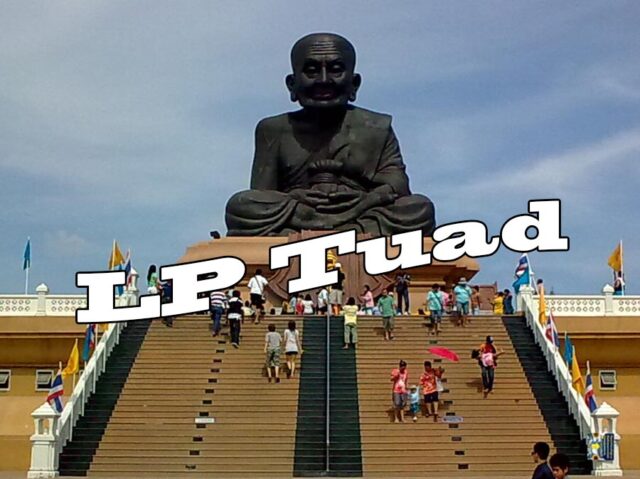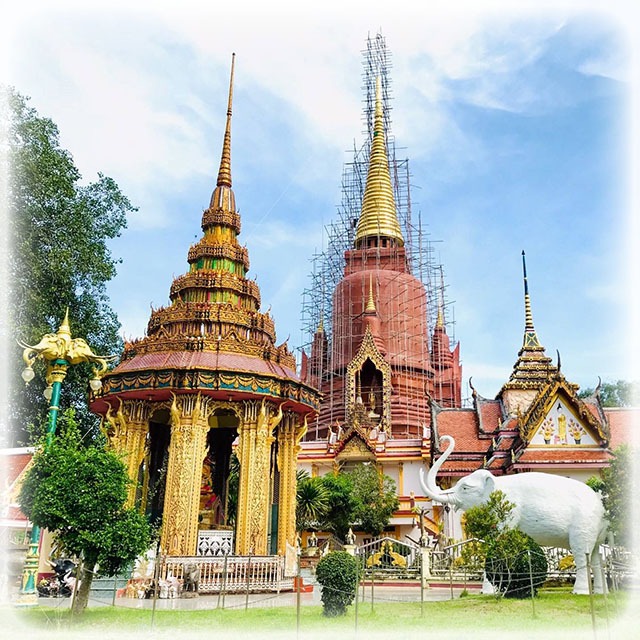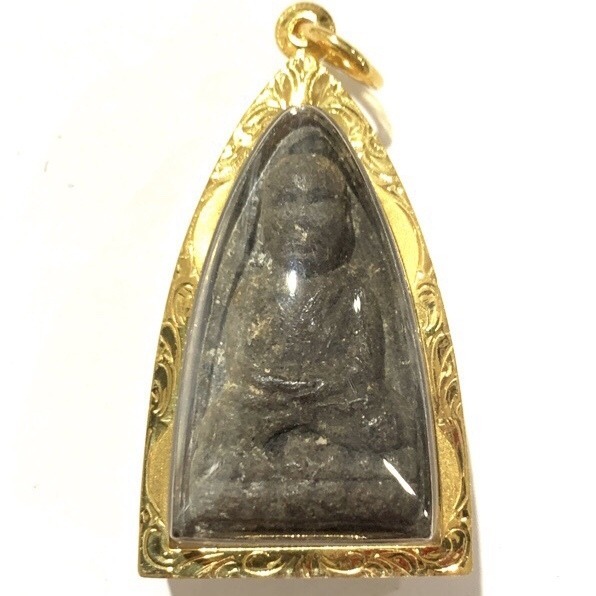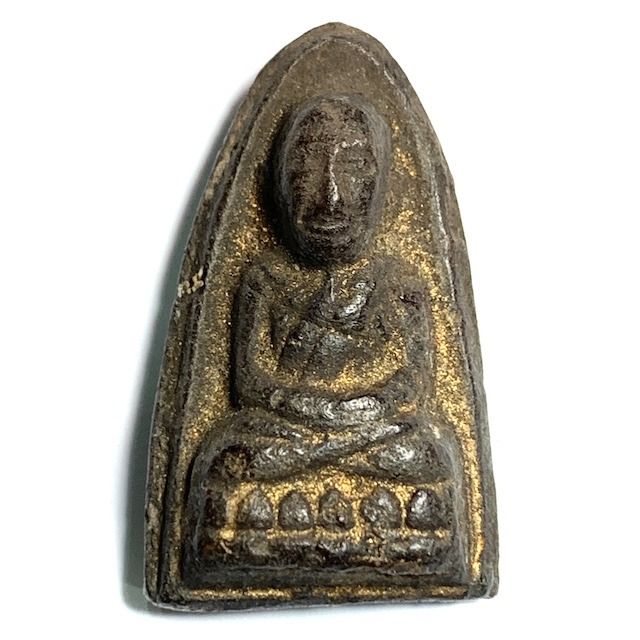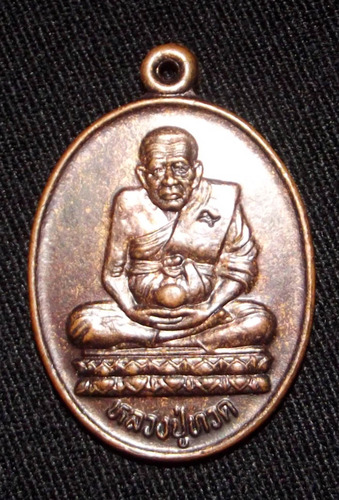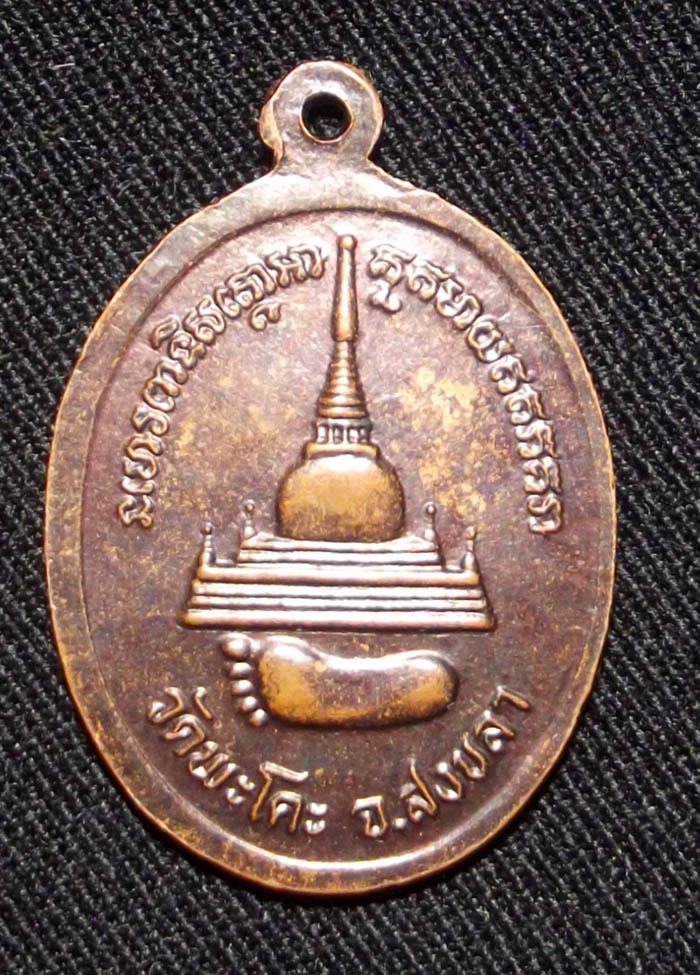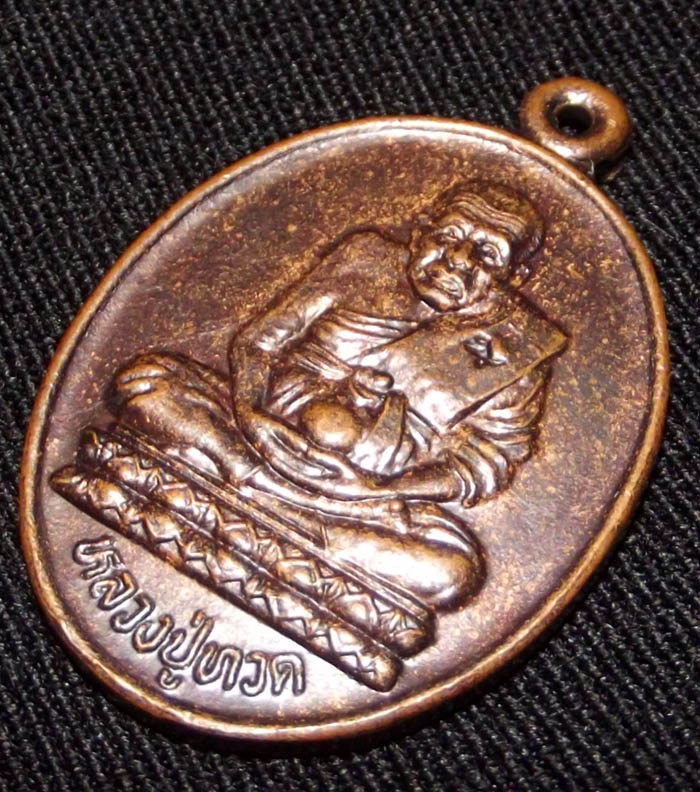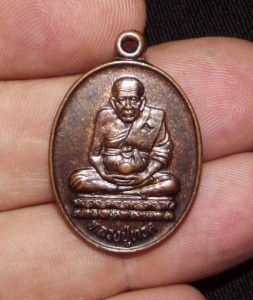In the heart of Thailand’s rich spiritual history, lies the legend of Luang Por Tuad, also known as “Luang Pu Tuad,” a name that resonates deeply in every corner of the country. Whether referred to as “Luang Phor Tuat” or “Luang Pu Tuat,” this revered monk’s tale continues to capture the imagination of the Thai people.
Born over four centuries ago, towards the end of King Maha Tamaracha’s reign in Krung Sri Ayuttaya, in the humble village of Suan Jantr, Luang Por Tuad’s life began on a Friday in April, during the Buddhist Era 2125 (the Year of the Dragon in the Chinese zodiac).
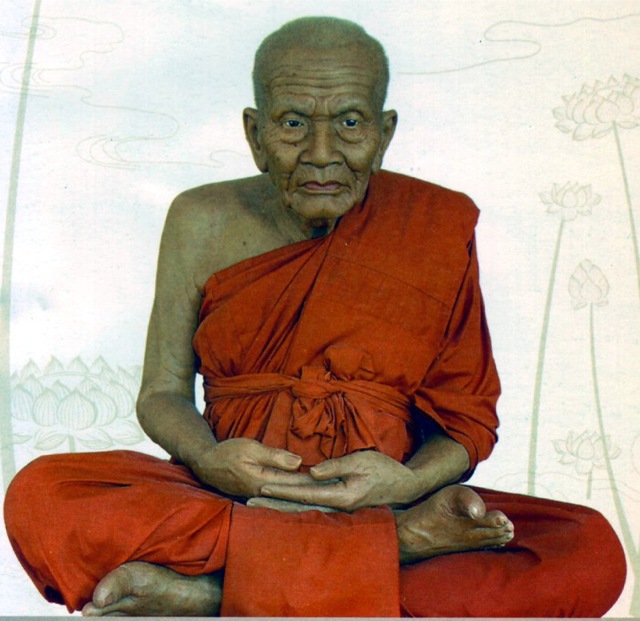
From a young age, Luang Por Tuad displayed remarkable compassion and generosity despite his impoverished upbringing. He actively engaged in acts of merit, both in the Buddhist temples and in his everyday interactions with others. Notably, he never caused harm to any living beings, be they human or animal. His childhood nickname was “Luang Poo,” which means “Reverend Grandfather” in Thai.
One remarkable tale from his early years involves a gigantic snake that wrapped itself around his hammock while he was just a baby. Rather than causing alarm, this event was seen as a sign of the child’s special destiny. The family offered offerings to the snake, which subsequently departed, leaving behind a multicolored crystal on the baby’s chest. This crystal brought blessings to his family, providing them with newfound prosperity.
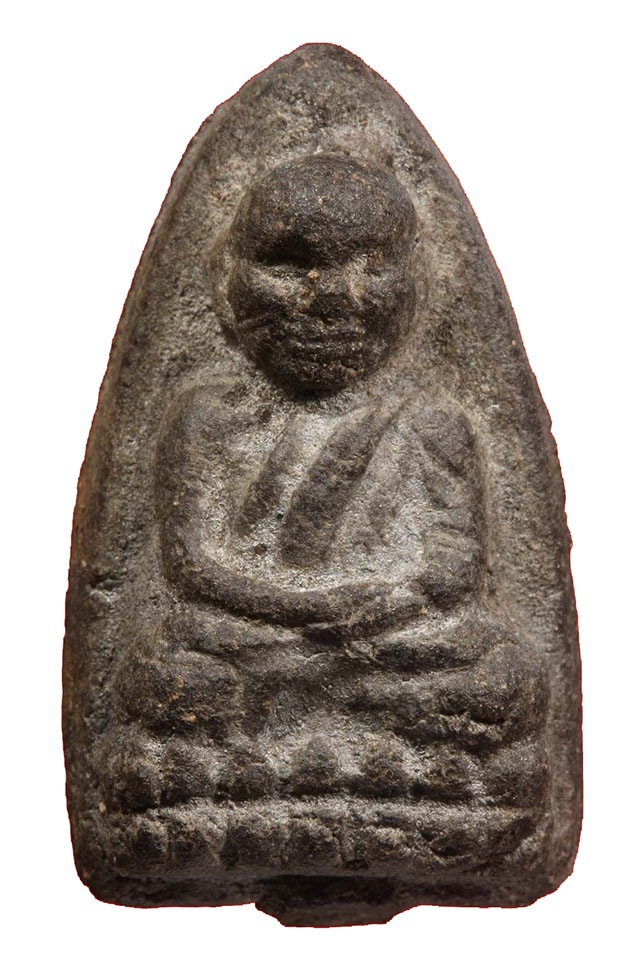
At the age of seven, young Luang Por Tuad entered Wat Kuti Luang to begin his studies, focusing on reading, writing, and education. Remarkably, he quickly mastered the Khom script, which employs ancient Khmer characters for Pali texts. By the age of 15, he was ordained as a novice monk, receiving a mystical crystal from his mother that he would carry with him throughout his life. His spiritual journey continued as he studied with Somdej Pra Chinsaen at Wat See Hyong. Later, he ventured to Nakorn Sri Tammarat, where he honed his knowledge under Samnak Pra Mahatera Biya Tassee. While the young monk adopted the ordained name Ramoe Tammigoe, common folks affectionately called him “Jao Sameeram” or “Jao Sameeramoe.”
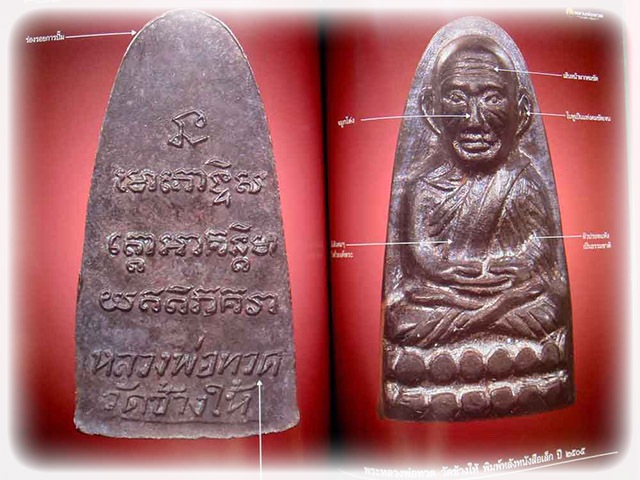
After completing his studies in Nakorn Sri Tammarat, he embarked on a journey to Ayuttaya. However, the voyage was fraught with peril. A fierce storm arose, forcing the boat to drop anchor in Chumporn district. Superstitions among the seamen led them to believe that Luang Por Tuad was the cause of the storm. They asked him to leave the boat and travel to a nearby island on a rescue boat.
As he traveled to shore, Luang Por Tuad dipped his feet into the water, and to everyone’s surprise, the water around his feet sparkled with a glowing light. The water turned out to be sweet, not salty, a sign of his miraculous abilities. The captain, saved by this act, asked Luang Por Tuad to return to the boat, where he was recognized as a “Gaeji Ajarn,” a master Guru teacher.
Upon arriving in Ayuttaya, Luang Por Tuad settled at Wat Kae temple and continued to deepen his knowledge of Dhamma and the Pali language. In a fateful turn of events, the Sri Lankan ruler, Pra Jao Wadtakaminee, sought to take control of Ayuttaya. To achieve his goal peacefully, he devised a plan involving gold coins with Pali inscriptions that contained the entire Abhidharma, an extensive Buddhist scripture.
The King of Ayuttaya was given a challenge: to translate the inscriptions on these coins within seven days. Failure to do so would result in the city falling under the rule of Pra Jao Wadtakaminee. Panic spread throughout the city, as it seemed impossible to complete the task.
A dream brought hope to the king. He dreamt of a white elephant approaching from the West, a symbol of victory. The dream also foretold the arrival of a young monk from the West who would help complete the translation of the 84,000 Abhidharma coins. The king dispatched his servants to find this young monk.
The search led them to Luang Por Tuad, residing at Wat Rachanuwaas. He matched the description from the king’s dream. With great determination, he began the task of translating the coins. The Brahmins accompanying the coins initially doubted the young monk’s abilities, but Luang Por Tuad’s wisdom silenced them. With divine assistance, he successfully completed the translation in a single evening, saving Ayuttaya.
Shortly after this event, a devastating plague swept through Ayuttaya, causing widespread suffering and death due to the lack of medicine. The king, in desperation, called upon Luang Por Tuad for help. Using his magic crystal and chanting incantations, he cured the sick by providing them with blessed water.
The King, grateful for Luang Por Tuad’s assistance, offered him any request he desired. However, Luang Por Tuad, true to his monastic vows, declined and returned to his hometown, where he resided at Wat Puttasingh Banpot Takoe.
As Luang Por Tuad continued his humble life, a pirate ship kidnapped him and sailed out to sea. However, the ship mysteriously came to a halt, and Luang Por Tuad’s compassion led to a miraculous event. He provided the pirates with fresh water and then was returned to the shore, much to the relief of the locals who had been anxiously searching for him.
Luang Por Tuad’s return to his hometown brought joy, and he was given the name “Somdej Jao Pakoe.” He devoted himself to restoring the local temple, and with the help of the King, it was revitalized.
The life of Luang Por Tuad is a testament to the enduring power of faith, compassion, and selflessness in Thai history. His legacy lives on, and his name remains revered, a symbol of hope, miracles, and unwavering dedication to the well-being of others.
The legacy of Luang Por Tuad remains a testament to the enduring power of faith, compassion, and selflessness in Thailand’s history. His teachings and actions have left an indelible mark on the nation’s cultural and spiritual tapestry, and his name is revered to this day.
